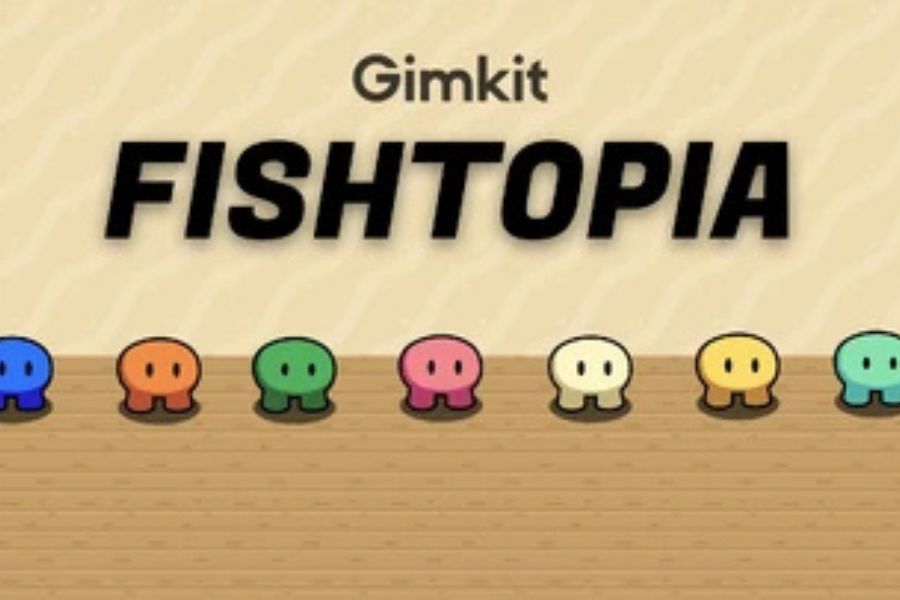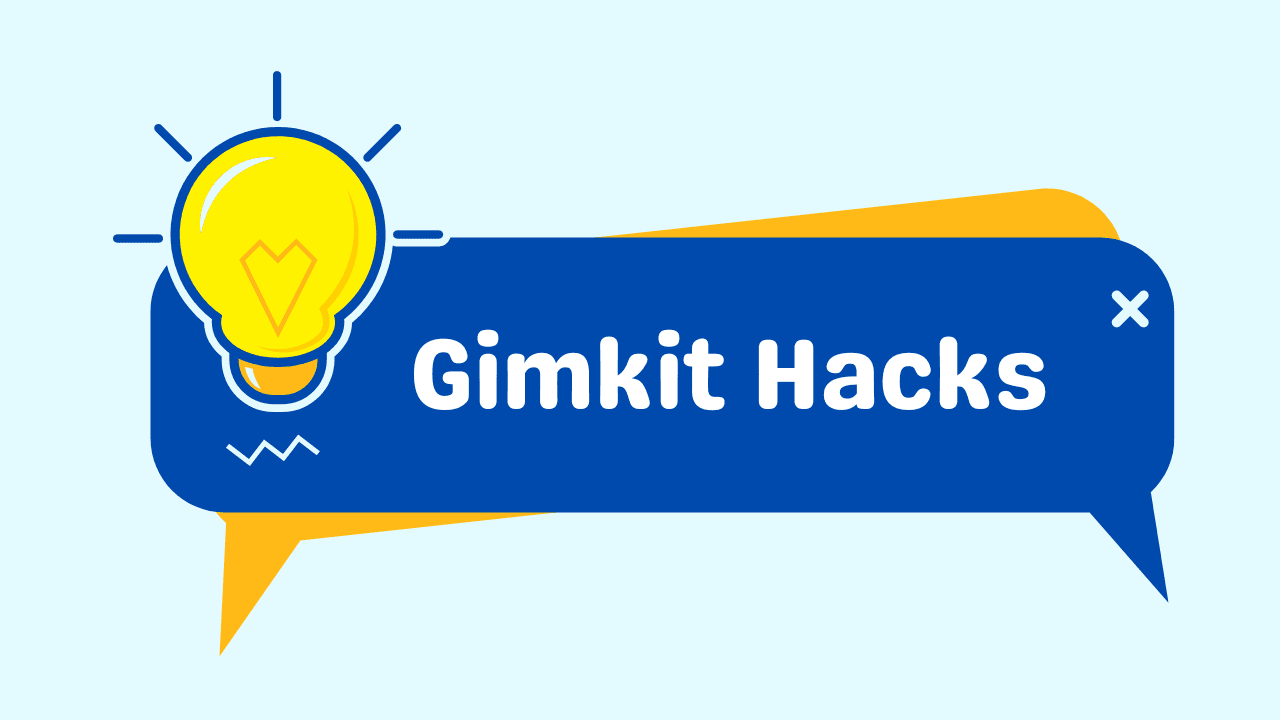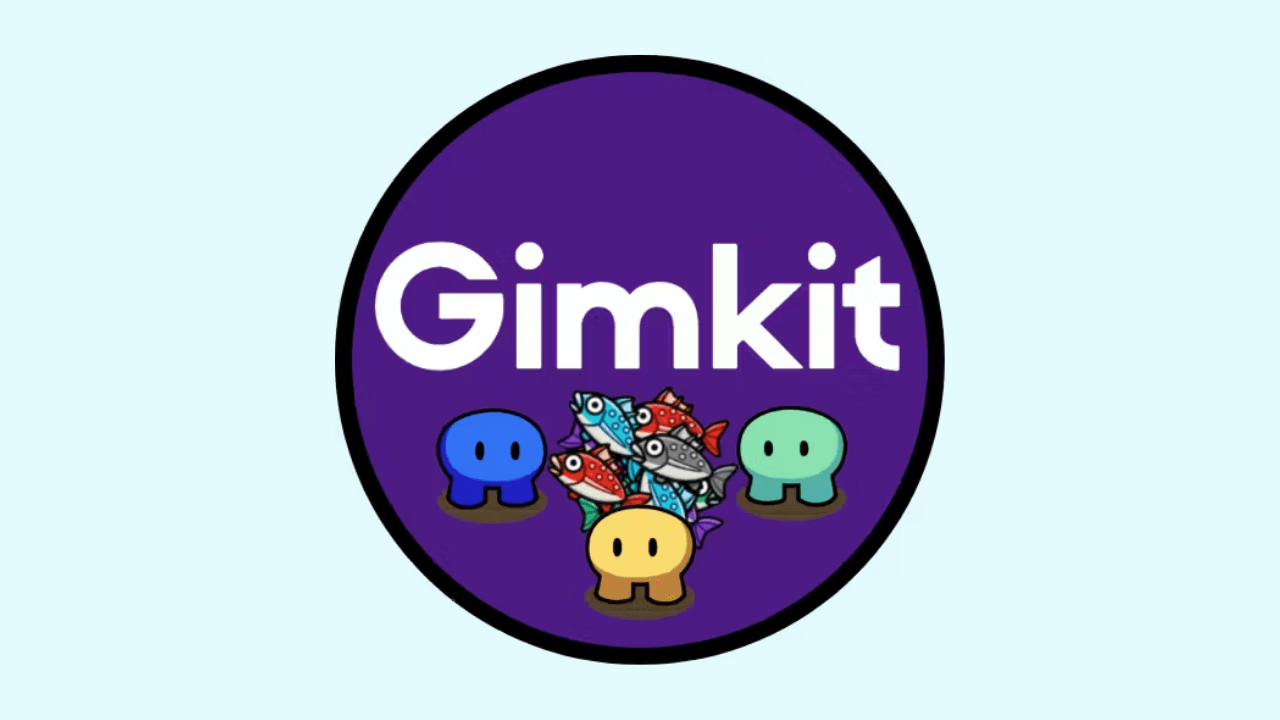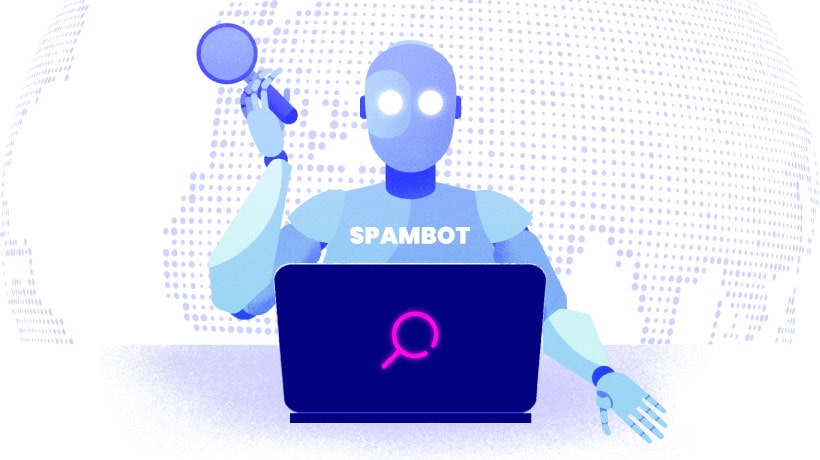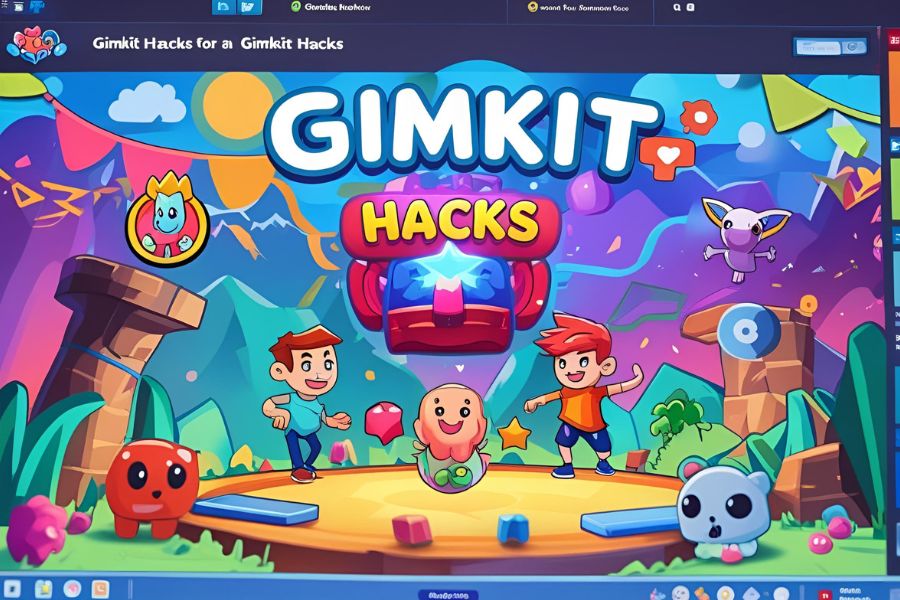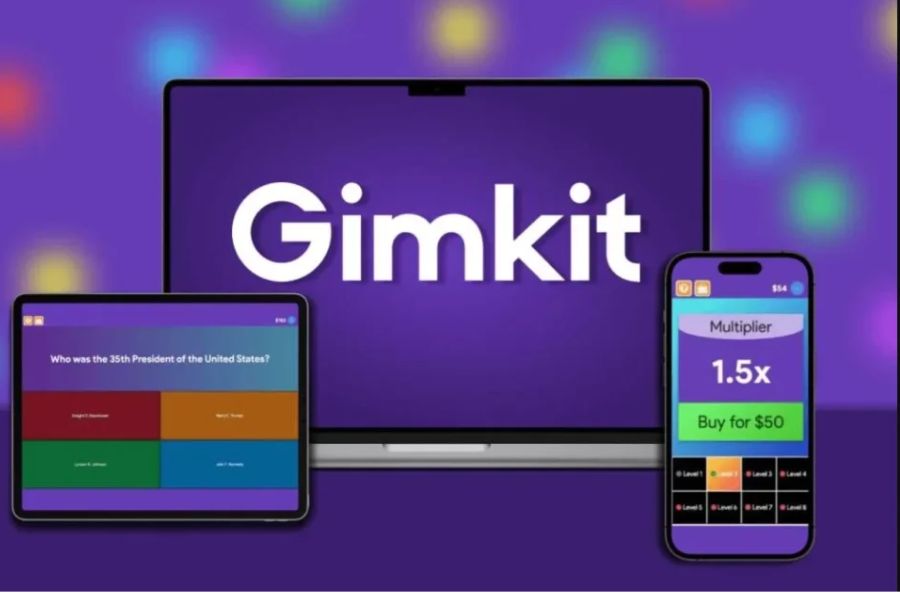
Gimkit codes start every game and guide how the session unfolds. In 2025, a Gimkit join code offers more than access—it shapes timing, participation, and learning outcomes. Teachers set the tone. Players dive into action with one quick entry.
Now, classroom dynamics depend on how smartly those codes are used. Each session runs smoother when codes match the right game mode, player count, and strategy. Every action in the session begins once the code sets the framework.
Let’s go through key tips and smart tricks that help both teachers and players gain speed, clarity, and results during every Gimkit session.
Table of Contents
How Gimkit Works?
Gimkit runs like a live quiz game powered by real-time decisions. A teacher hosts the session using a custom kit. Players join using a unique code displayed on the screen. Now, each question appears on the student’s device. Correct answers earn virtual currency. Players use earnings to unlock power-ups, boosting score potential. Wrong answers reduce their balance, raising the stakes.
Game modes change how responses affect results. In fact, some rounds reward speed, others reward collaboration, or sabotage. The leaderboard updates live, tracking each player’s progress.
Teachers monitor responses and adjust the pace. Every feature—from earnings to upgrades—serves one goal: driving deeper engagement through gameplay.
What New Gimkit Code Features Are Available in 2025
Gimkit codes now do more than just connect players to a game. You get new features in 2025 that improve how games start, how sessions run, and how students join across devices. One major update adds direct link sharing. You no longer rely only on numbers. Teachers now copy a full URL linked to the session. Students click and join instantly—no typing, no errors.
Now, Gimkit codes also support dynamic mode locking. You set game rules and mode limits before the code gets shared. Once the code is live, students cannot alter the session structure. That improves classroom control. Moreover, teachers can now attach custom player settings to the code. You define nicknames, team assignments, or power-up access before sharing the code. Students enter with those settings preloaded.
In fact, Gimkit also includes QR code integration. You display a scannable code on the board. Students scan it from their device cameras and land straight in the game lobby. This feature speeds up joins in BYOD classrooms. A survey from EdTech Insights (May 2025) showed that 68% of middle school teachers preferred QR entry over manual code typing. That shift highlights growing demand for smoother classroom tools.
You gain speed. You reduce tech friction. The 2025 code features give teachers more control and give students faster access—all in one click or scan.
Steps for Teachers to Generate a Gimkit Code
You only need one clear path to get your Gimkit session ready. Each step below introduces a new action without repeating earlier details.
- Open your teacher dashboard at gimkit.com
Use your login to access the main control panel, where your Kits, classes, and recent activity appear. - Click on the Kit you want to host
Each Kit includes questions you’ve created or imported. You select the Kit intended for the current session. - Select “Play Live” to begin the game setup
This button takes you into the session configuration area. The join code will be generated after this step. - Choose a game mode suitable for your class objective
Options include quiz-based, strategy-focused, or survival-style modes. Your choice defines how players interact with the content. - Configure gameplay rules based on session needs
Adjust settings such as cash per correct answer, game goal, power-up permissions, and whether students play individually or in teams. - Click “Continue” to generate your session code
Gimkit now creates a six-digit code linked directly to your selected Kit and game structure. - Use the code or other join formats provided
You can access the numeric code, a clickable session link, and a QR code. All lead to the same session. - Present the join option that best fits your environment
Project the code on screen, paste the link into a class chat, or display the QR code for mobile-friendly entry.
Each step adds a new layer to your session setup. You get full control, students join without delay, and gameplay begins once you activate the start button.
What Are The Best Gimkit Hacks to Boost Students Performance?
You start gaining an advantage once you treat each session like a strategy round. Now, every question becomes a chance to increase your cash and maintain momentum. Your focus should shift from speed alone to timing and upgrade discipline. You begin with a small adjustment. See, using number keys instead of clicking answers cuts the delay after every prompt. That habit alone sharpens your rhythm, especially in fast-paced modes where each second matters.
Well, your upgrade path also affects your score more than most players realize. You hold your cash for the first few correct answers. Once your streak builds, you apply multipliers for higher gains per response. In fact, most top performers wait before activating expensive boosts.
Moreover, every mode responds differently to how you play. You choose Infinity Mode when memory tracking helps. You move into Don’t Look Down when you need to focus under pressure. You activate Team Mode when group logic leads to stronger decision-making.
So, you prepare ahead by scanning the Kit. You don’t read to remember. You scroll to catch the question structure and phrasing style. That mental adjustment reduces hesitation during live play. In case you wonder what separates top scorers from the rest, the answer remains simple. They avoid distractions, plan their upgrades, and build a steady pace. You win more often once you replace guesses with control. Gimkit rewards those who manage their energy, not those who rush.
So, How Can Teachers Use Gimkit Codes to Increase Classroom Engagement?
You set the tone for engagement the moment the code appears. Now, the way you introduce it changes how students respond. You use a countdown to frame the session. That short pause helps students switch from passive to alert. The transition builds intent before the game even loads.
See, your method of sharing the code affects the pace. You rotate between QR display, direct link, or verbal delivery based on the classroom environment. Each method supports a different type of learner. Well, the entry moment works better when connected to a clear purpose. You introduce a quick goal before the session begins. A focused reward—accuracy, speed, or teamwork—guides attention without needing reminders.
In fact, active contribution raises buy-in. You use KitCollab to let students build the content. Their own questions appear once the game starts. That change increases personal investment. Moreover, how you maintain energy after the code goes live matters. You narrate progress, highlight smart plays, or pause briefly between rounds. That pacing helps manage attention across longer sessions.
So, your code strategy becomes more than access. It becomes a structure. When you treat the code as a classroom anchor, you turn routine entry into a moment of focus.
How Do Students Join a Gimkit Game Using a Code or QR?
Students enter a Gimkit session using a six-digit code. You receive that code from the teacher at the start of the game. It shows on the board, in a class message, or through a shared link. Now, open gimkit/join on any browser. The screen displays a single field asking for the join code. You type it exactly as shown.
After entering the code, you add your display name. Fun nicknames are allowed unless the teacher sets restrictions. Once your name is in, the lobby opens. See, the game doesn’t start right away. You wait there until the teacher launches the session. A short delay helps everyone get in before the timer begins.
Well, there’s another way to enter without typing. Some sessions display a QR code on the board. You scan it using your camera and reach the lobby directly. In fact, many students prefer scanning. A report from GimkitJoin.net (2025) noted that over 65% of mobile users joined faster through QR than manual code input.
So, the join Gimkit process takes less than a minute. You focus on the game, not the setup. One code, one page, and the session begins.
Which Features Are Different in Gimkit Free Vs Pro in 2025?
| Feature | Gimkit Free (Basic) | Gimkit Pro |
| Game Modes Access | Limited (e.g. Classic, Team, Trust No One) | Full access to all modes, including seasonal modes |
| Live Game Hosting | Available (up to 60 players) | Available (unlimited player capacity) |
| Homework Assignments | Unavailable | Available with progress tracking |
| Question Media Support | Text-only questions | Add images and audio to questions |
| KitCollab Feature | Included | Included |
| Player Analytics | Basic report (score, participation) | Full breakdown by question, player, and accuracy |
| Classroom Management | Create and manage classes | Same, with enhanced tracking |
| Join Code Options | Code and direct link only | Code, direct link, and QR entry |
| Customization Tools | No custom branding or themes | Supports theme editing, audio cues, and icons |
Final Thoughts
A Gimkit join code is more than just a way into the game — it’s the spark that sets the entire session in motion. In fact, in 2025, these codes shape how smoothly a class begins, how quickly students connect, and how actively they participate. See, teachers can use them to set the pace, lock in modes, and guide every step of the game.
Small choices—like upgrade timing, pace control, and nickname setup—can shift results in your favor. So, treat every match as a chance to combine strategy with fun, because that’s when engagement and learning reach their peak.



